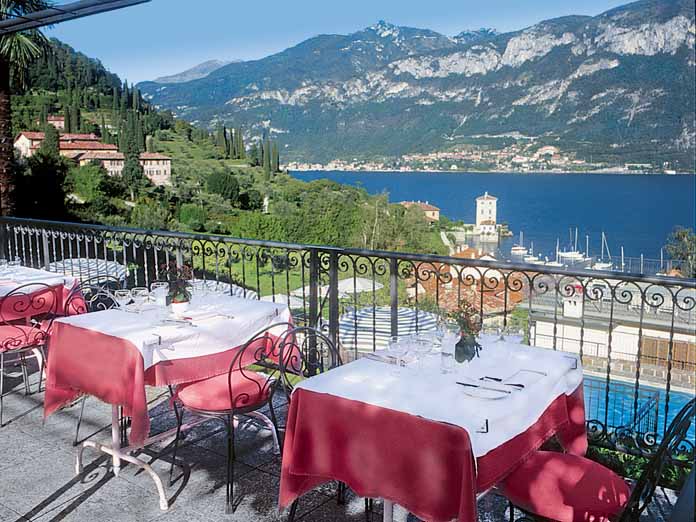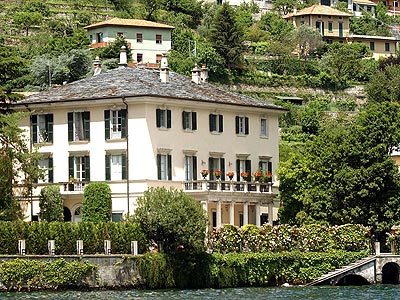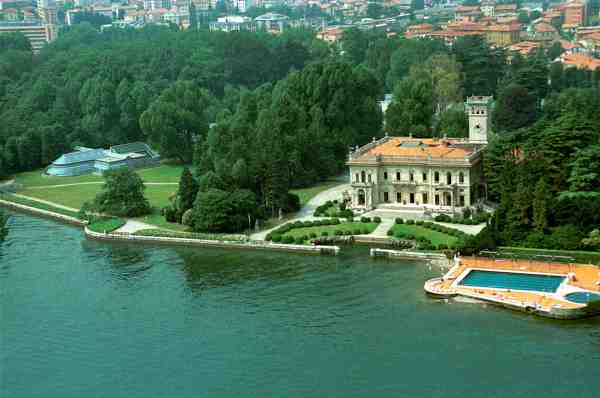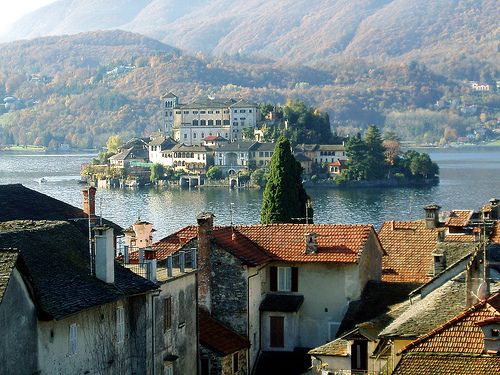Bedazzled by Northern Italy
We’re sitting on the terrace of the Hotel Belvedere overlooking a wide expanse of tranquil blue water on Lake Como, northern Italy.
By walking up the hill away from the village below, we’ve managed to escape the tourists who flock here by ferry (and car) to visit this picturesque resort town which sits on the crutch of the lake’s two legs.
Despite the summer season being officially over (many places close down from mid-September), there are still plenty of tourists around, and even more on the ferry today due to a public transport strike yesterday.
It’s easy to see why people flock here, especially the Milanese escaping the intense summer heat. Set right on the edge of the lake, Bellagio offers elegant lakeside promenades and cafes and narrow winding streets and steps lined with potted flowers.
We order pasta with seafood and a glass of wine and it’s not long before the amiable English couple at the nearby table start chatting to us. His interest is birdwatching which explains why he’s brought along his binoculars: ostensibly to look for birds, though he seems to also spend a lot of time using them for celebrity spotting. He’s the one who points out George Clooney’s villa at Laglio to us on the return ferry, and who also tells us that Paul McCartney and Madonna own villas here – and that Richard Branson owns the sprawling lakeside property with tennis court (hidden behind the trees) and ochre villas on the isola.
We discover later that Versace once owned the prominent villa at the far end of the point and that it’s now owned by a Russian billionaire, known as the blini king, who has refurbished the interior and wanted to do the same to the exterior but was prevented from doing so due to protests from the locals.
At the southern end of the lake, near Cernobbio is the famous luxury hotel Villa d’Este, far too expensive for us to spend a night (we spent a few nights at Orso Bruno, a small friendly hotel at Maltrasio, 3 Km north of Cernobbio). I would have liked to stroll around the gardens but was prevented from doing so by a security guard. Fortunately, the spacious lawns and gardens surrounding Villa Erba , also in Cernobbio, are open to the public and we were able to stroll around there.
The Italian film director, Luchino Visconti, spent his summer boyhood holidays here, and I could see why the grandeur of the lake and gardens and villa so strongly influenced his work.
When you know that Lake Como’s scenery didn’t escape artists such as Leonardo da Vinci, who stayed here in the late 1400s and used its landscapes as backgrounds for some of his best-known paintings, you begin to understand its appeal.
I’ve been fortunate to visit (and live in) Italy many times, but have never explored the northern lakes of Lombardy and Piemonte, nor been to Verona or Bergamo.

- The Roman Arena, Verona on the evening before the flower festival






